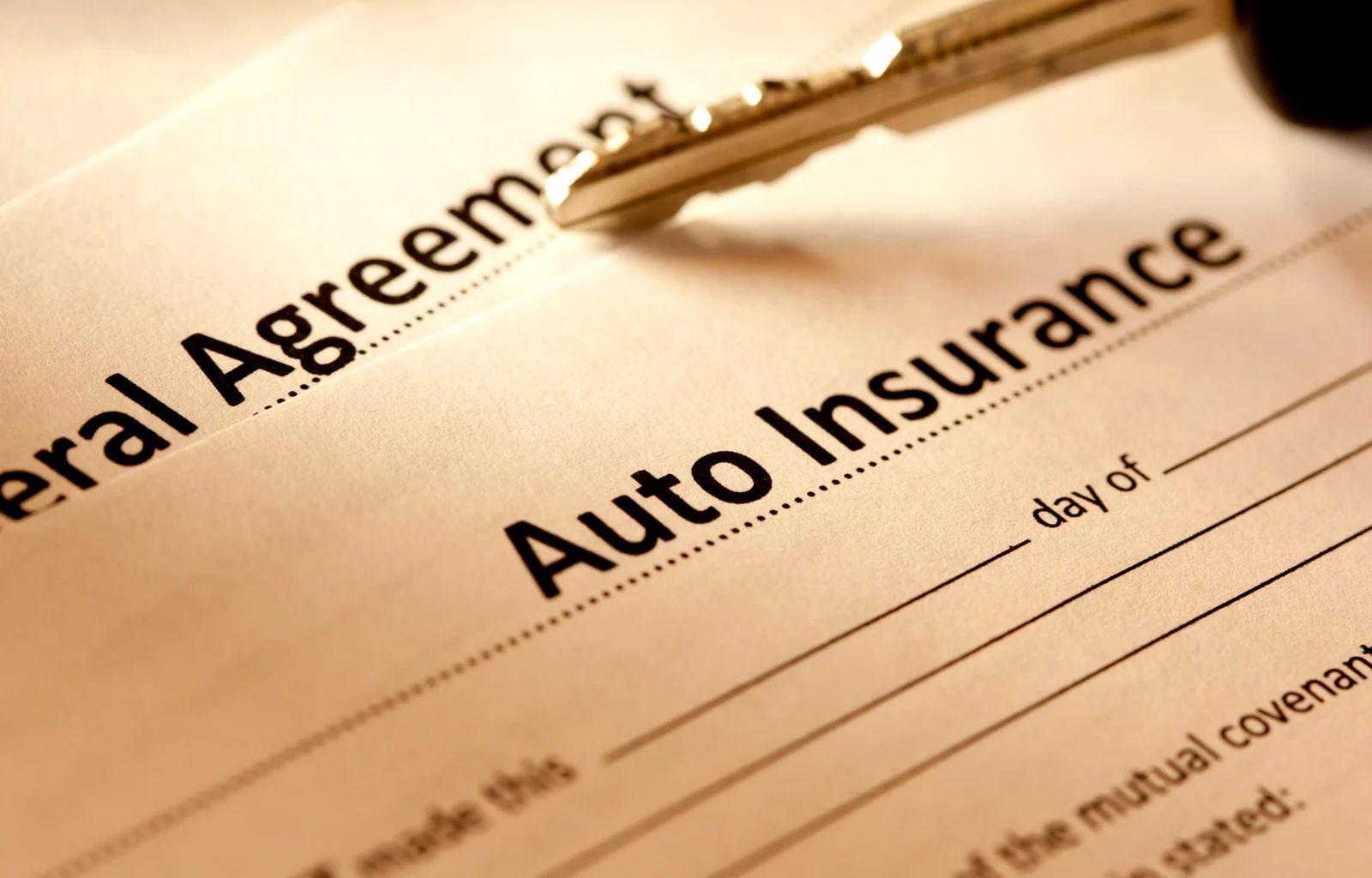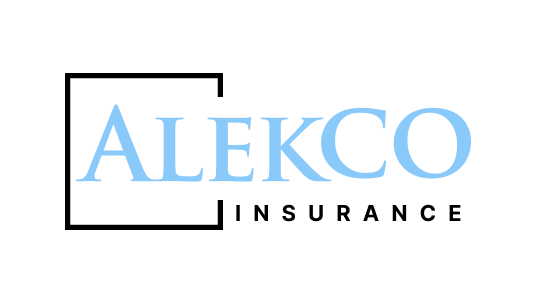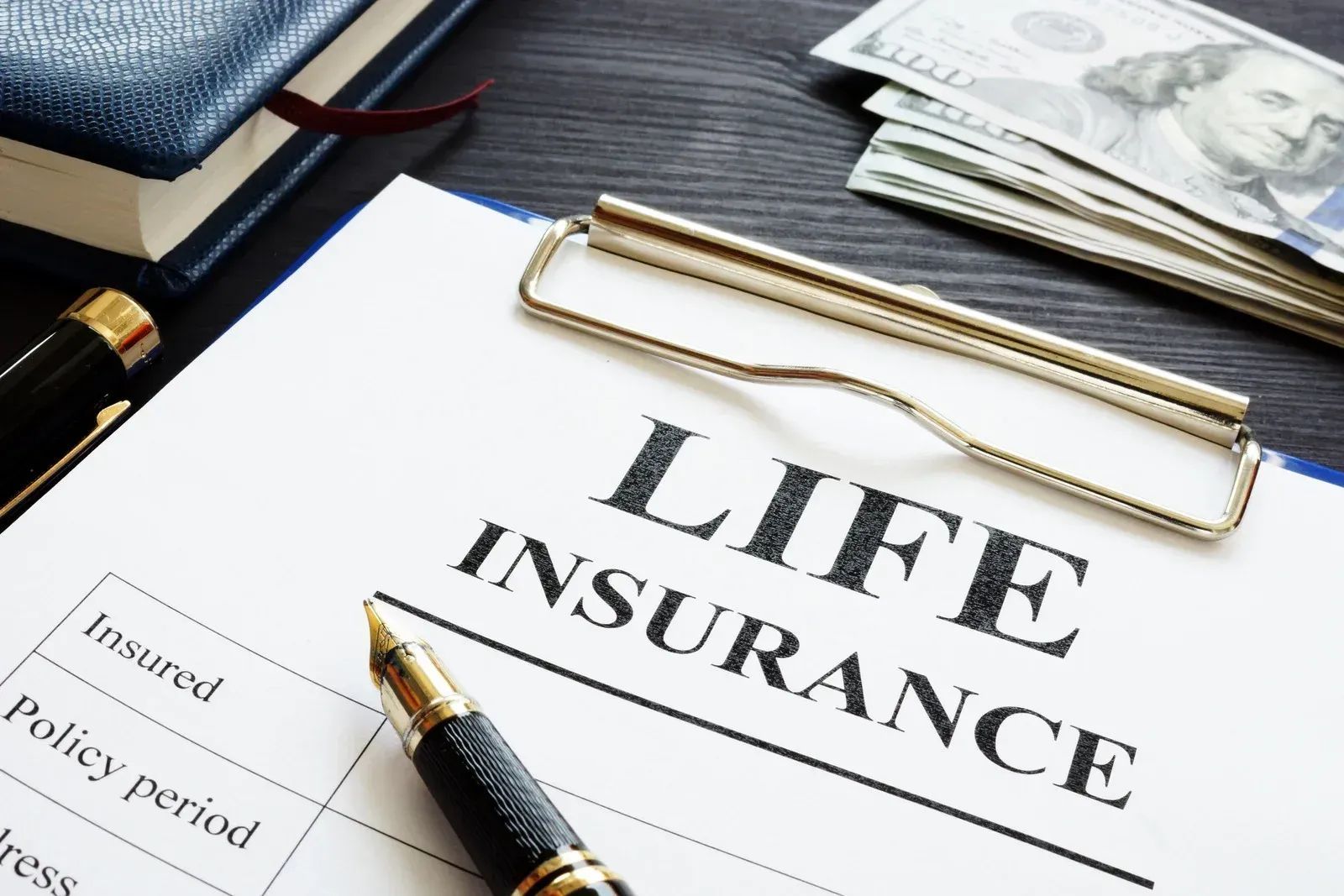Key Factors That Affect Your Commercial Insurance Rates
Running a business comes with numerous responsibilities, and securing the right commercial insurance is a vital part of protecting your assets, employees, and operations. However, understanding why insurance premiums vary can be confusing for many business owners. Commercial insurance rates are influenced by a combination of factors specific to your industry, business operations, and even your location. By understanding these key elements, you can make informed decisions, manage your risk, and potentially lower your premiums while ensuring adequate coverage. Awareness of these factors is the first step toward smarter insurance planning.
1. Type of Business and Industry Risk
The nature of your business plays a significant role in determining insurance rates. High-risk industries, such as construction or manufacturing, often face higher premiums due to the increased likelihood of accidents or claims. Conversely, lower-risk businesses like consulting firms may benefit from lower insurance costs. Insurers assess industry-specific hazards and historical claim data to set premiums, making your business type a critical factor in your overall insurance expense.
2. Business Size and Revenue
Larger businesses with more employees, higher revenues, or extensive operations typically pay higher insurance premiums. More employees increase the potential for workplace claims, while higher revenue can indicate greater financial exposure. Even the size of your physical premises matters, as larger spaces may carry higher liability risks. Understanding how your business scale affects premiums can help you plan and implement risk mitigation strategies.
3. Claims History
Your company’s past claims significantly impact insurance rates. Businesses with frequent or severe claims are seen as higher-risk by insurers, leading to increased premiums. Maintaining a clean claims record and implementing effective safety protocols can demonstrate responsible management and potentially reduce your insurance costs over time.
4. Location and Environmental Factors
Where your business operates can influence rates due to regional risks such as natural disasters, crime rates, or local regulations. For instance, a business located in an area prone to flooding, tornadoes, or high crime may face higher premiums than one in a lower-risk region. Understanding local environmental risks allows business owners to take preventive measures that may positively impact their insurance rates.
5. Coverage Limits and Deductibles
The amount of coverage you choose and the deductible you are willing to pay directly affect your premium. Higher coverage limits generally lead to higher premiums, while selecting a higher deductible can lower your upfront costs. Evaluating your business’s risk tolerance and financial capacity helps in balancing comprehensive protection with affordable premiums.
6. Safety Measures and Risk Management
Implementing robust safety programs, comprehensive employee training, and effective security measures can significantly reduce the likelihood of claims. Insurers often reward businesses that proactively manage risk, which may result in lower premiums. Investing in risk management not only protects your business but can also be a cost-effective strategy to control insurance expenses.
Partnering with Alekco Insurance for Optimal Coverage
Navigating the complexities of commercial insurance can feel overwhelming, but understanding the factors that affect your rates is key to making informed decisions. At Alekco Insurance, with 15 years of experience serving businesses in Ames, Iowa, we specialize in tailoring commercial insurance solutions that balance coverage and cost-effectiveness. Our expert team evaluates your business needs, risk profile, and industry factors to provide customized plans that protect your assets while optimizing premiums. Trust Alekco Insurance to guide your business toward comprehensive protection with confidence and clarity.



